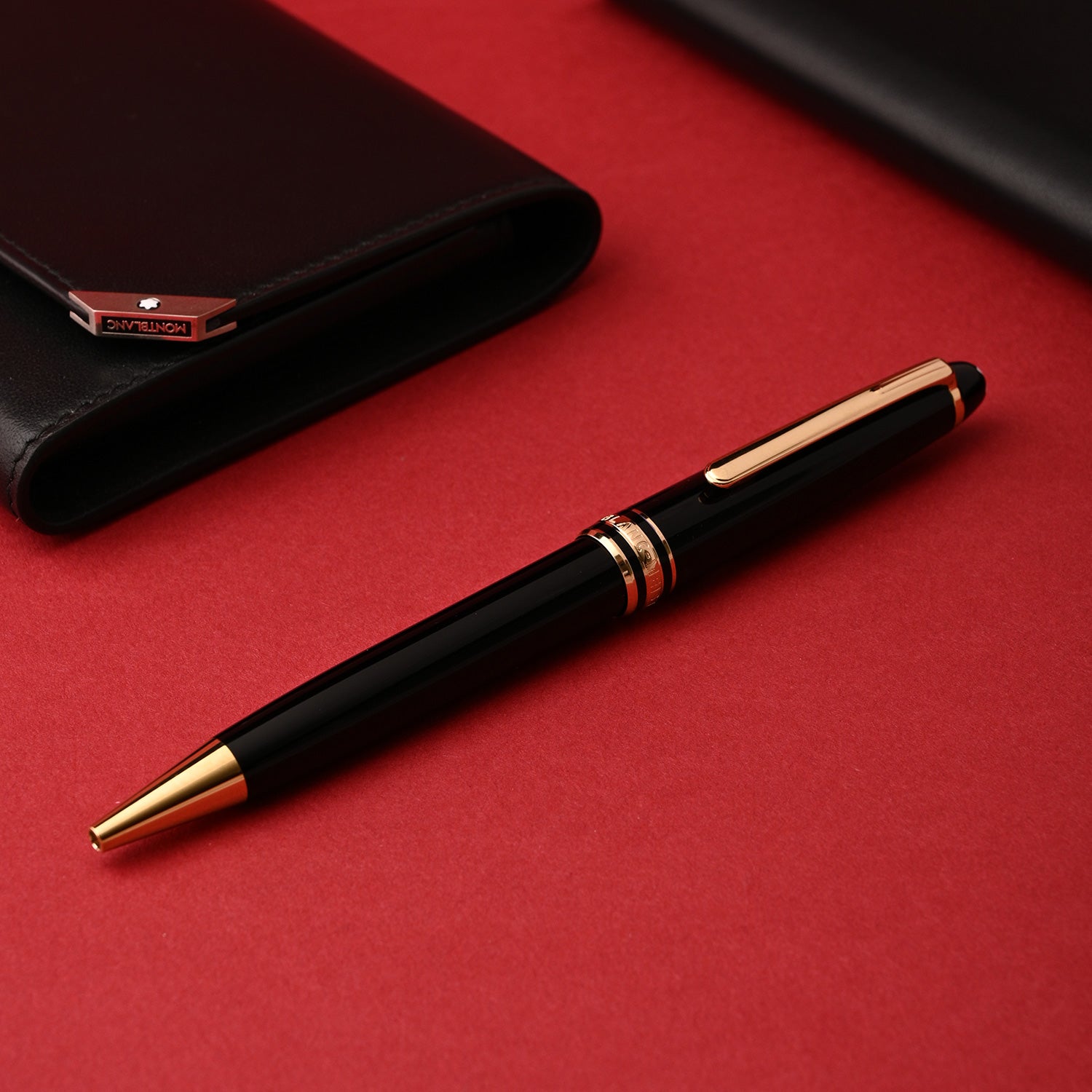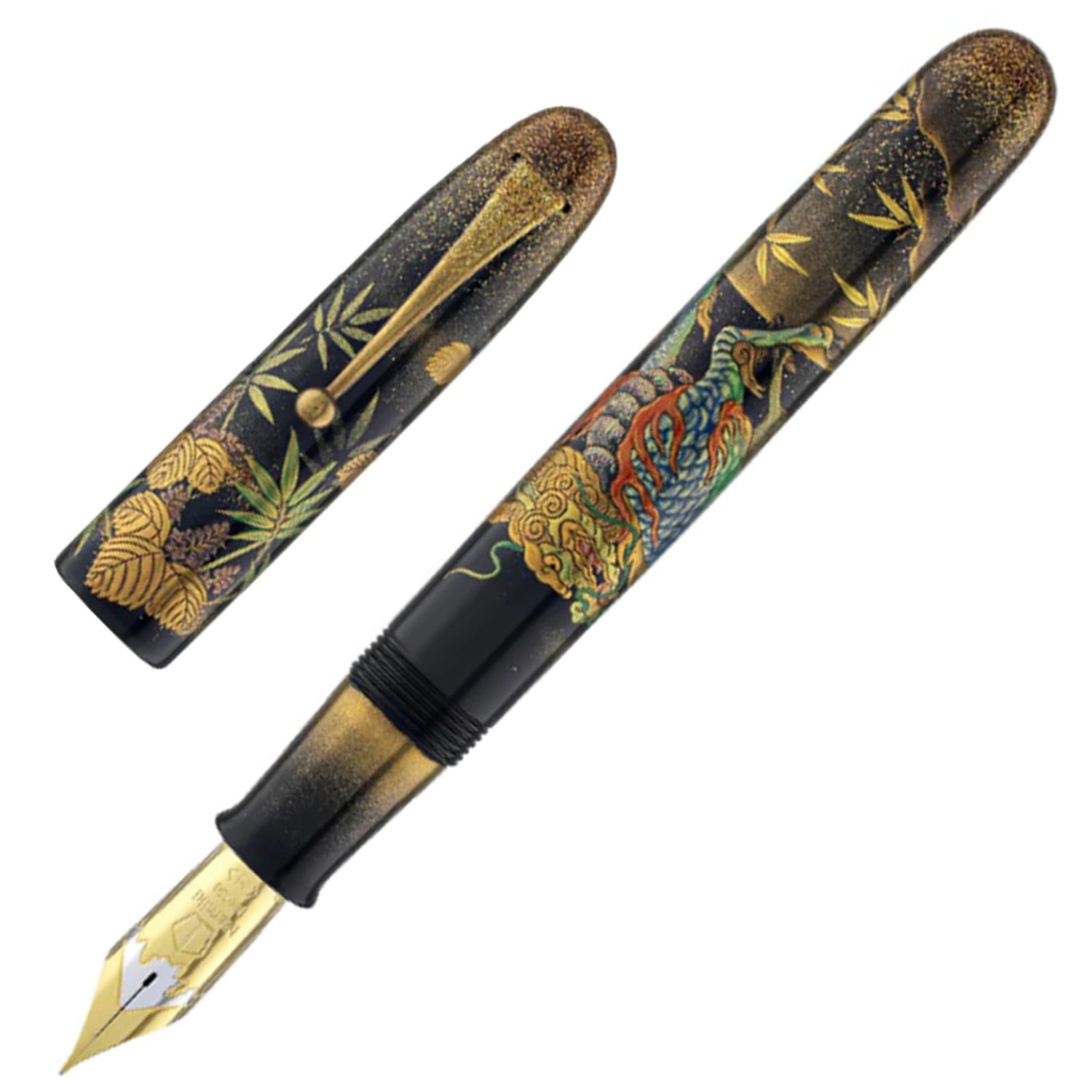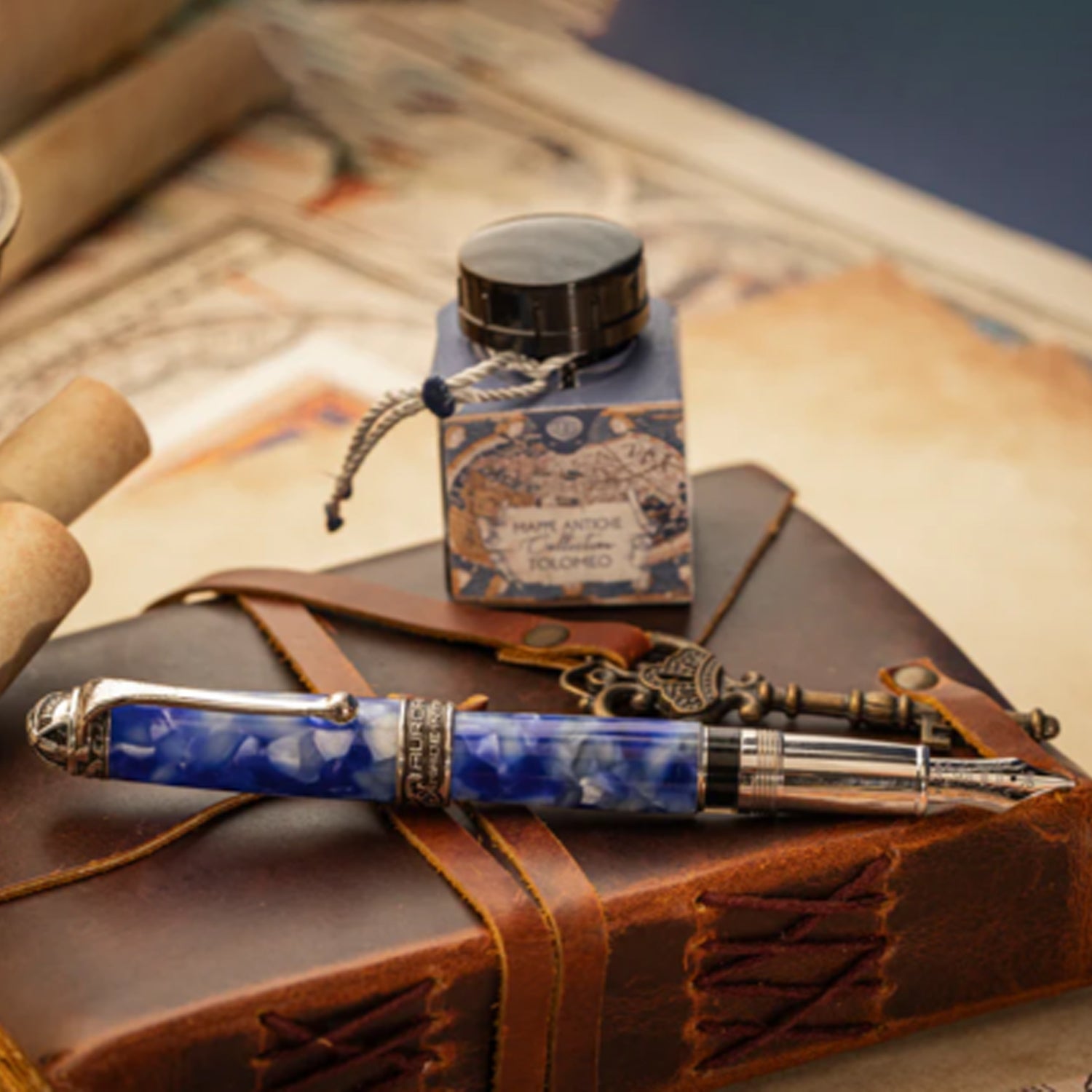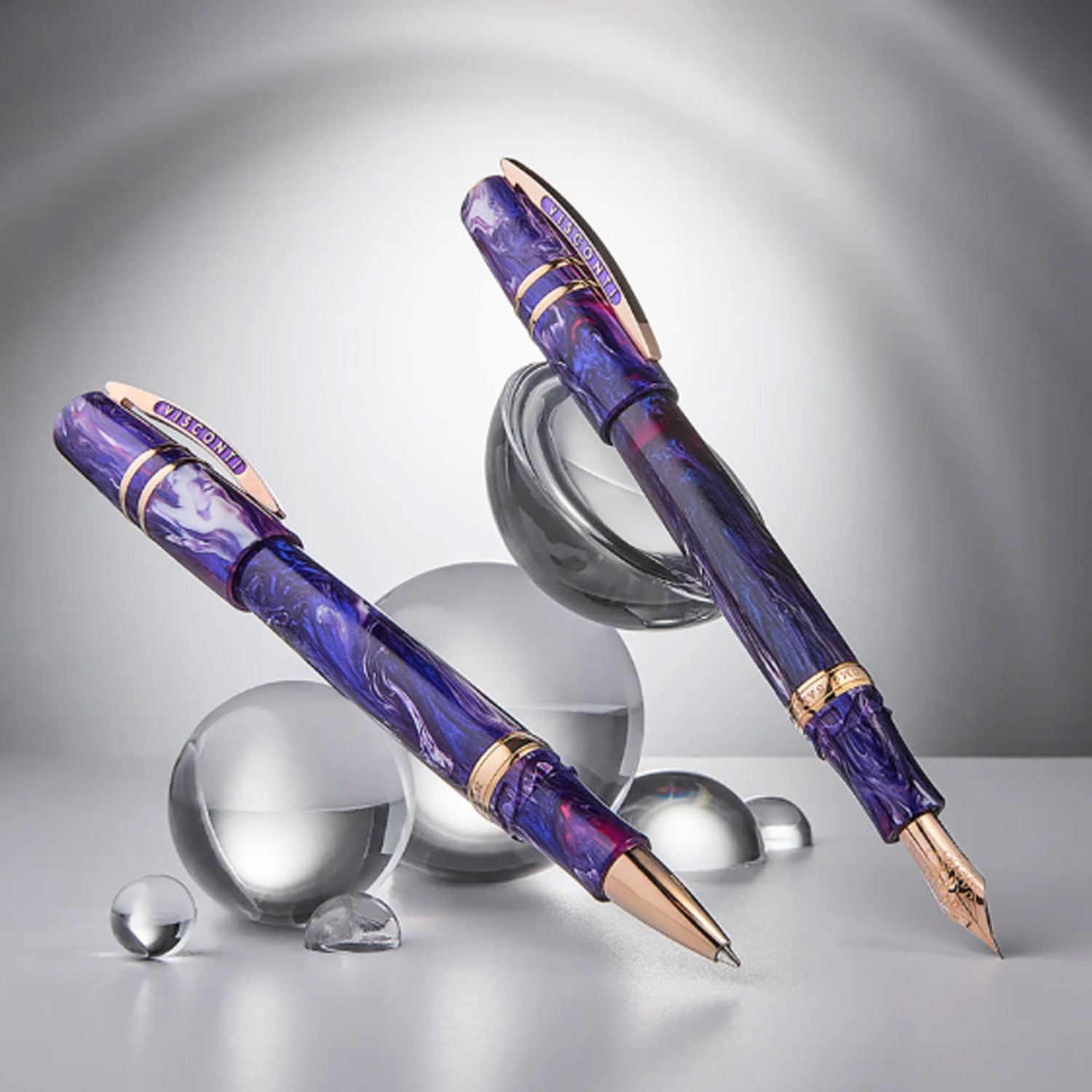Behind the Craft: How Limited-Edition Pens Are Designed & Made
In a world of fast-moving technology and fleeting possessions, there exists a rare breed of objects that transcend utility and enter the realm of art, heritage, and legacy. Among them, limited-edition pens stand apart.
For discerning collectors, business leaders, and connoisseurs of the finer things in life, owning such a pen is not about writing — it’s about holding history, craftsmanship, and exclusivity in your hand. At Makoba, we have dedicated ourselves to curating the finest writing instruments from the world’s most prestigious maisons: Montegrappa, Namiki, Montblanc, Pelikan, Scribo, Pilot, Aurora, Visconti, Lamy, Sailor, Leonardo, Esterbrook, and more.
But what truly goes on behind the craft of these masterpieces?
1. The Genesis: Inspiration Rooted in Legacy
Every limited-edition pen begins with a story.
-
Montblanc immortalizes literary giants and cultural icons through its Writers Edition.

-
Namiki transforms centuries-old Japanese artistry into pens adorned with exquisite Maki-e lacquer.

-
Montegrappa often draws from mythology, cinema, and history, creating pens that resonate with collectors globally.

These pens are not just objects. They are tributes to timeless legacies—crafted for those who value more than function, who understand symbolism and prestige.
2. Materials: Where Rarity Meets Luxury
True luxury is never mass-produced. Limited-edition pens use precious metals, rare lacquers, and artisanal materials:
- Solid gold or platinum trims.
- Hand-polished ebonite and celluloid, revered for depth and character.
- Diamonds, sapphires, and mother-of-pearl inlays.
- Traditional techniques like Urushi lacquer (Namiki, Sailor) and lost-wax casting (Montegrappa).
Each element adds not only to the aesthetics but to the rarity — ensuring that what you hold is one-of-a-kind in a world of abundance.
3. Craftsmanship: The Art of Human Hands
Unlike ordinary writing tools, limited editions demand hundreds of hours of meticulous craftsmanship.
-
Aurora still produces every part of its pens in-house, from nibs to feeds.

-
Pelikan maintains traditions of piston-filling mechanisms that collectors swear by.

-
Visconti employs techniques like the power filler and lava-infused resin.

Each nib is tuned by master artisans, each detail hand-finished. This is not manufacturing — it is artistry born from patience and perfectionism.
4. Exclusivity: The True Currency of Luxury
What truly elevates a limited-edition pen is exclusivity.
- A Montblanc Patron of Art pen may be limited to just 888 pieces worldwide.
- Namiki’s Emperor Collection may take years to complete, with only a handful available annually.
- Montegrappa often issues pens tied to global events, never to be repeated again.
For a select few, owning such a piece is not about writing—it’s about belonging to a private circle of collectors across the globe. A circle where scarcity itself is the ultimate luxury.
5. From Concept to Creation: The Design Journey
Every limited-edition pen begins not at a workbench, but in a creative boardroom. The maisons ask: What story is worth telling through a writing instrument?
Montblanc: Icons Immortalized
Montblanc’s Patron of Art editions undergo years of research into the life of a cultural or historical icon. Every design decision — from clip to nib engraving — is tied to a symbolic detail from that figure’s legacy.
Namiki collaborates with master Maki-e artists in Japan, whose skills take decades to perfect. Each pen design begins as a narrative that is then translated into lacquer art — with nature, folklore, and history as common themes.
Montegrappa: Storytelling Through Bold Design
Montegrappa often collaborates with designers, historians, and even filmmakers to conceptualize pens that celebrate mythology, cinema, or global milestones. Their design process focuses on drama, storytelling, and emotion.
This stage of concept and prototyping alone can span 6 months to 2 years, ensuring that every edition is timeless, not trend-driven.
6. The Making: Time, Skill & Perfection
Once the design is approved, artisans begin their painstaking work.
Materials with Legacy
- Celluloid: A vintage material that can take years to cure, used by Aurora and Leonardo for depth and vibrancy.
- Precious Stones & Metals: Diamonds, gold, and mother-of-pearl add exclusivity, sourced ethically and certified individually.
Master Techniques
- Montblanc’s Guilloché: Fine hand-engraving of precious metals, producing patterns that catch the light in subtle ways.
- Namiki’s Urushi & Maki-e: Multiple lacquer layers, each cured for weeks, combined with gold dust or abalone shell. A single pen can take months to complete.
- Montegrappa’s Lost-Wax Casting: Ancient jewelry-making methods to create intricate overlays, finished and polished by hand.
- Aurora’s In-House Nibs: Few brands still make their nibs entirely in-house; Aurora remains one of them, ensuring unmatched precision.
Timeframes
The journey from raw material to finished pen can take 12 months to 3+ years. Often, only a handful of artisans worldwide are qualified to complete certain stages — making each piece irreplaceable.
7. The Emotional Value: Beyond an Heirloom
A limited-edition pen is not purchased; it is invested in. It becomes:
- A symbol of one’s success and refinement.
- An heirloom, passed across generations, carrying stories of deals signed and milestones achieved.
- A piece of movable art, appreciated not just in value but in sentiment.
For many, this aligns with a timeless appreciation for heritage and prestige objects — items that don’t just serve today but speak across time.
Quick Facts: How Limited-Edition Pens Are Made
· Inspiration to Reality: A single edition may take 6 months to 3+ years from concept to completion.
· Artisan-Driven: Crafted by master engravers, lacquer artists, and nib specialists — often fewer than 10 artisans touch each pen.
· Symbolic Numbers: Editions are limited to meaningful counts (e.g., 88, 888, 1912) representing heritage, culture, or brand milestones.
· Material Rarity: Pens may use celluloid cured for years, Urushi lacquer applied in dozens of layers, or lost-wax cast metal overlays.
· Global Scarcity: In many cases, fewer than 1,000 pieces exist worldwide, making ownership an entry into a private collector’s circle.
The Makoba Experience
At Makoba, we understand that choosing a limited-edition pen is an intimate and personal journey. That’s why we curate only the most distinguished collections from global maisons, with personalized guidance to help you find a masterpiece that resonates with your story.
For those who can buy anything, the true question becomes:
What is truly worth owning?
A limited-edition pen is not just owned. It is experienced, admired, and cherished.
Explore the rarest creations from Montegrappa, Namiki, Montblanc, Pelikan, Scribo, Pilot, Aurora, Visconti, Lamy, Sailor, Leonardo, Esterbrook, and more — exclusively at Makoba, India’s premier destination for luxury writing instruments.x`
✨ Closing Thought:
In the end, a limited-edition pen does not merely write words — it writes destiny. And destiny, after all, is the truest form of luxury.









Leave a comment